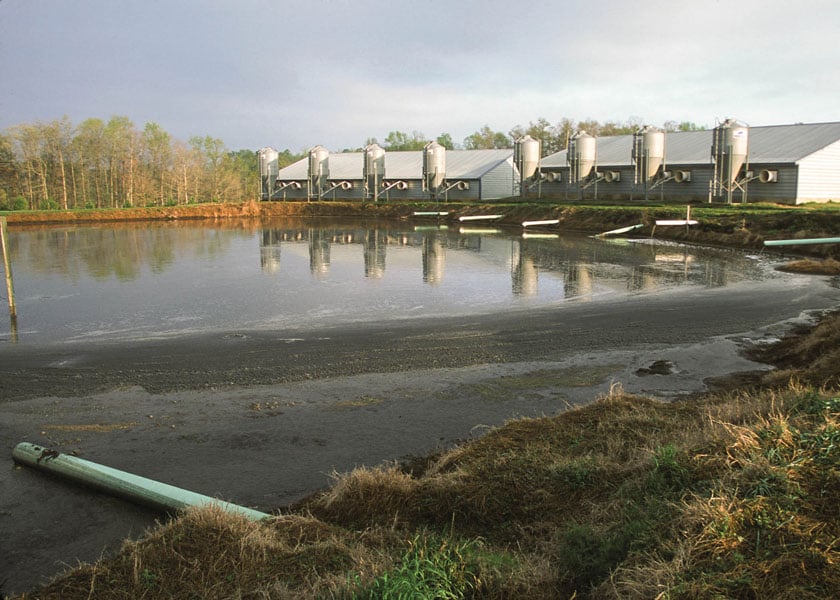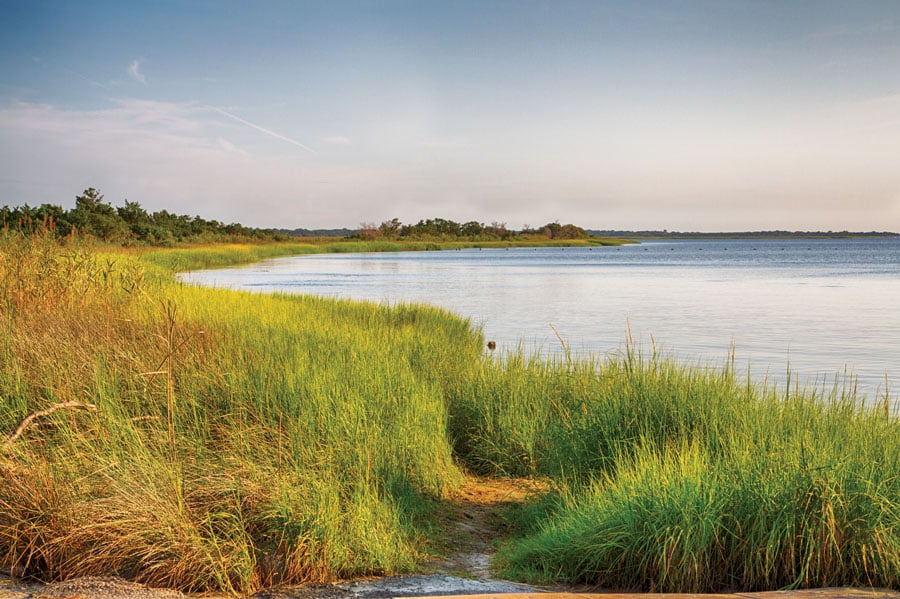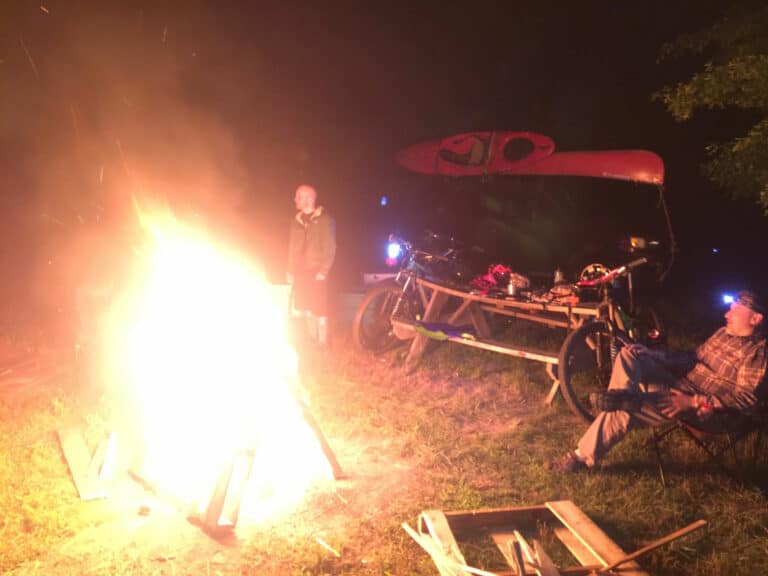Make no mistake: all of our rivers are under assault. The current administration has repealed the Stream Protection Rule, allowing mining waste from mountaintop removal to poison our streams. Unregulated coal ash is leaking into rivers and drinking water sources. Fracking is making rivers flammable, and pipelines are planned to cross major waterways across Appalachia.
However, two particularly threatened rivers in the Southeast and Mid-Atlantic have earned a dubious distinction: one of America’s Top Ten Most Endangered Rivers of 2017. For the past 33 years, American Rivers has published its annual top ten list, and this year, North Carolina’s Neuse-Cape Fear Rivers and Virginia’s Rappahannock River made the cut.
Rappahannock River, Va.
The Rappahannock River is the longest free-flowing river in Virginia, and its watershed includes all or parts of 18 counties from the Blue Ridge Mountains to Chesapeake Bay. The Rappahannock and its tributaries support a thriving regional agriculture and fisheries, and thousands enjoy paddling, swimming, and fishing. Shenandoah National Park, City of Fredericksburg Watershed Property, and Rappahannock River Valley National Wildlife Refuge are all pristine, protected public lands within the Rappahannock River Basin, providing over 80,000 acres of permanently protected lands to the public for recreation.
Unfortunately, the river and its clean water are threatened by industry interest in expanding fracking operations. Developing natural gas in this area would require drilling through the Potomac Aquifer, which supplies drinking water to three million people in Virginia. The Virginia legislature and local municipalities must maintain and, where necessary, establish strong natural gas regulations and zoning to protect communities, river health and clean water.
There are currently approximately 85,000 acres in five counties leased for oil and gas exploration in the Rappahannock watershed. However, only one out of five counties has passed a land use ordinance designed to protect its environment and natural resources, residents, local economy, character and important infrastructure from the impacts of industrial gas development and fracking.
In November 2016, Virginia Governor Terry McAuliffe approved new regulations that would require disclosure of fracking chemicals and baseline water testing and monitoring. However, representatives of the natural gas industry have been pushing legislation designed to weaken the new fracking chemical disclosure requirements. The first line of defense lies with local government, which has the power to establish local protections to protect the drinking water for millions of citizens.
Neuse River and Cape Fear River, N.C.
For hundreds of miles, the Neuse and Cape Fear Rivers meander across the state, offering amazing riverscapes as they travel through rural and urban areas. The Cape Fear River Basin is North Carolina’s largest watershed with more than 6,500 miles of navigable waterways. Combined, these two river basins have more than 10,000 miles of streams and rivers and contain nearly 400,000 acres of estuary.
More than four million people in North Carolina—two out of every five residents—get their drinking water from the rivers, including Raleigh, Durham, Fayetteville, and Wilmington. In addition, the estuaries of these two river systems play a large role in the economically important seafood industry, accounting for more than 90 percent of the commercial seafood species caught in North Carolina. The Neuse and Cape Fear rivers are vital to supporting North Carolina’s $1.7 billion fishing industry.

Now, clean water and public health are threatened by hundreds of millions of gallons of animal waste from factory farms. The Neuse and Cape Fear River basins have endured two 500-year floods from hurricanes in less than 20 years, during which dozens of animal waste lagoons within the 100-year floodplain were flooded or breached, discharging millions of gallons of raw animal waste directly into the rivers. In 2016, flooding caused by Hurricane Matthew overwhelmed 15 CAFO waste lagoons, spilling waste into public waterways.
The Neuse and Cape Fear rivers have repeatedly suffered harmful algal blooms, massive fish kills, and chronically low oxygen levels in two of the most important aquatic nursery systems in the world—the Pamlico Sound and the Cape Fear Estuary.
There is a straightforward solution: move these industrial hog farms out of the floodplain. The North Carolina General Assembly must provide funding to make this happen. Allowing these facilities to remain within the floodplain is an imminent threat to rivers, drinking water, and public health.








